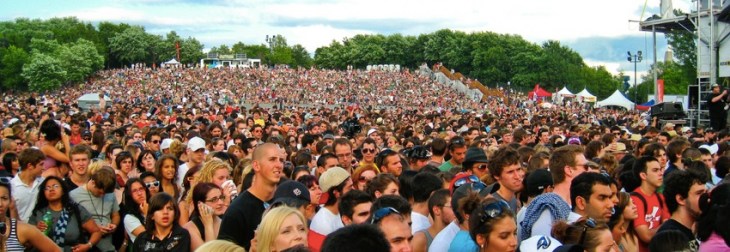There’s always been a tension on the Internet between humans and algorithms. In the early days, Yahoo was a human-curated index, remember? But humans couldn’t keep up, and the algorithms took over. Today, the human factor is rising in importance once again with Facebook, Twitter, and countless mobile applications like Instagram. Everything is social. The tension today is between social and search—humans versus computers. Except that it isn’t so simple.
The Internet is not just billions of linked pages, databases, and (increasingly) mobile apps. The Internet is people. It’s you and me. A web page is only as interesting as the last time somebody linked to it. We are the ones who create all of the data that feeds the Internet. Even Google’s search engine—the ultimate algorithm making sense of it all—determines what is important based on what we do. The pages we link to and visit the most are the ones which tend to show up at the top of search results.
Yes, social threatens the primacy of search in that it replaces the search engine’s algorithm with links from people we trust as a way to discover new information. But social sharing becomes just another set of signals to put into the algorithm. Google may not have total access to all the sharing occurring on Facebook or Twitter, but that is why it launched Google+. The value of the social stream is in the data.
The Internet makes us smarter, but we also make the Internet smarter. Information flows back and forth. What is emerging is a division of labor where humans do the things we are better at doing and the Internet—as the vast, global, computing resource available to everyone—does the information tasks that it is better at doing.
We are programing the Internet every day. But the relationship goes two ways. It is also programming us. VC Bryce Roberts calls this notion “programmable people,” which he defines as:
This interplay of humans and computers augmenting each others actions and amplifying one another’s understanding.
Amazon’s Mechanical Turk is the best known example of human labor being used as a computing input. But, lately, more services are popping up which essentially use the Internet is efficiently distribute labor and other resources. Think of services like Skillshare, TaskRabbit or Zaarly which both create new demand for human labor and spread work around using the Internet as a routing mechanism. Or even peer-to-peer marketplaces such Airbnb, Etsy, and Kickstarter. Bryce explains:
In the last decade retailers like Wal Mart used local area networks to programmatically automated their supply chains and inventory management systems. We’re starting to see the same thing happen with programable people. Except today the inventory is comprised of time, skills and available tasks and distributed broadly over the open web. People with time and skill can search available tasks on services like Skillslate, Zaarly and Task Rabbit. For something more personalized, services like Etsy can connect you directly with artisans that have the time and skill available to complete a more tailored task.
These are just early examples. The concept of programmable people goes beyond these limited cases. We are an Internet of people. The algorithms which make the Internet run smoothly become better the more we use the Internet. They get smarter because we tell them, either explicitly or through our actions, what to focus on.
Some futurists have a notion of computers one day surpassing human intelligence—the so-called Singularity. If this ever does occur, it won’t be any single computer but the Internet itself—a network of computers—which achieves that super-intelligence. But it won’t be just the computers that get smarter. It will be us as well. The only question is what the interface will be between man and machine. We started with screens and keyboards. Now we are moving to touch and voice. The more these machines can do, the more humanlike they become. And vice versa.
Photo credit: Anirudh Koul
